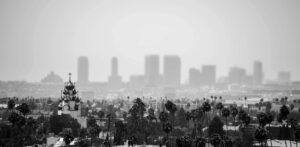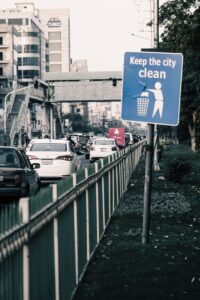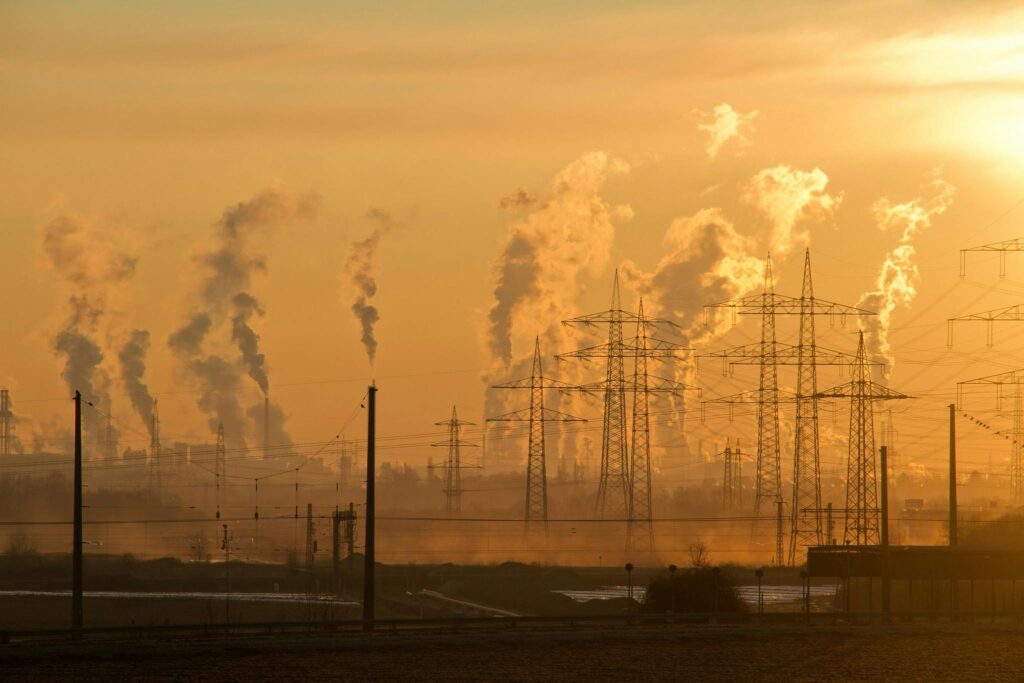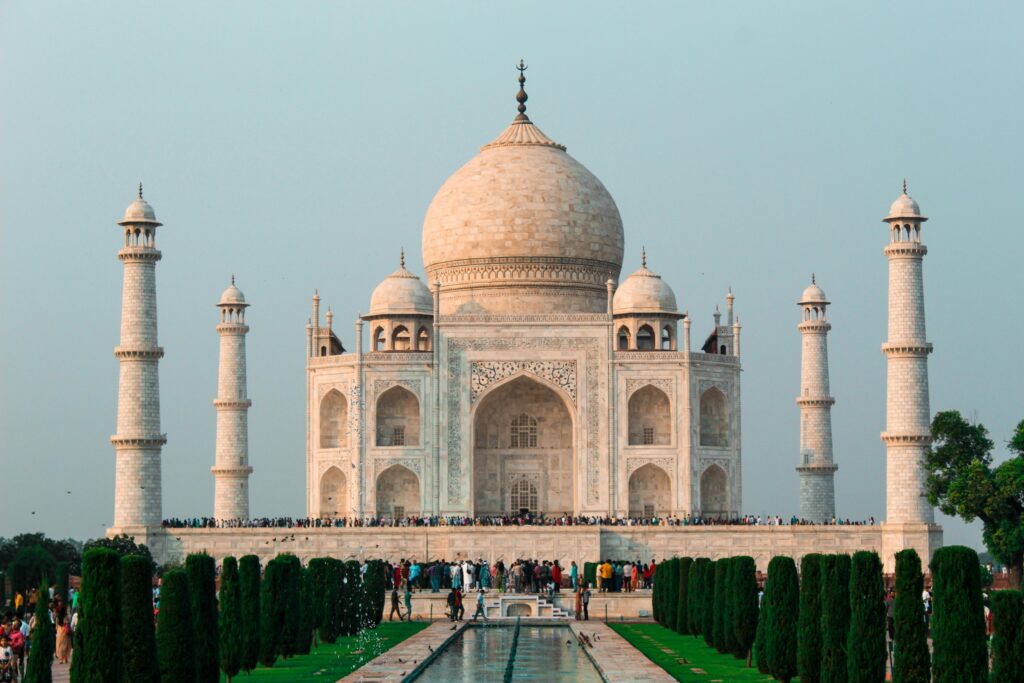It is a city with huge historical, cultural, and economic importance: the capital of the Punjab province in Pakistan. But it has recently attracted attention from everywhere on the planet for more or less a negative reason—being such a polluted city that by 2023, Lahore will have superseded infamous cities like Beijing and New Delhi to become one of the world’s most polluted cities, often topping lists of the worst air quality. This will affect daily living, the environment, and public health, making it a public health emergency for its nearly 13 million inhabitants.

Air Quality Index in Lahore
The most common scale for measuring the quality of Lahore’s air is the Air Quality Index (AQI); AQI sets a standard around the world to determine whether the air is cleaner or more polluted. A reading of 0-50 AQI is good, and anything above 300 is hazardous. Lahore has hit AQI levels as high as 600-700 during the peak winter months of November to January. For example, an AQI of 150 is already unhealthy enough for sensitive groups like children and the elderly.
On heavily polluted days, Lahore’s air quality can easily cross 700, posing a real danger to all the people. According to IQ Air’s database, which is an air quality monitoring organization, Lahore’s air pollution can spike several times above the levels 10 times higher than those recommended safe levels established by WHO.
Causes of Pollution
The causes for severe air pollution in Lahore are multi-dimensional and penetrate deep into the heart of the city’s fast-paced urbanization and industrialization.

Vehicle emissions: With an exploding population, Lahore has established a booming vehicle situation in the city. Many of the vehicles, therefore, are old and use low-grade fuel and account for large quantities of NO2, CO, and PM2.5 spread in the atmosphere.
Industrial Activity: There are a number of factories and industries around Lahore, but these all do not have proper emission control. All these industries produce all sorts of dangerous emissions, including SO2, and fine particulate matters that degrade the air quality inside the city further.
Crop Burning: Due to being the center of Pakistan’s agricultural land, crop burning in seasons within its vicinity contributes heavily towards the smog formation in Lahore. Shortly after the harvest season, farmers would burn the remaining crops left during the harvesting season, and through those activities, tremendous amounts of smoke and particulate matter filled the skies in Lahore. This act, along with the seasonal wind, results in a huge amount of smog in winters.
Construction and Dust: The rapid growth of the city as a whole has attracted a lot of construction taking place at both urban and sub-urban levels. The dust released by the various construction sites is an additive pollutant responsible for the particulate matter prevailing in the air, adding further to the quality of air in the city.
Meteorological Factors: The geographical location of Lahore, when combined with metrological conditions, makes the pollution issue worse. While during winters, due to the phenomenon of temperature inversion, pollutants are trapped near the ground level and refuse to drift and collect themselves as a constituent of smog.
Health Impact

The health implications are deadly at these levels of pollution. Air pollution over a long-time span causes chronic respiratory disease, cardiovascular issues, and further increases the possibility of lung cancer. The WHO estimates that this air pollution alone causes around 7 million premature deaths worldwide each year, and Lahore is not an exception to this pattern. A tour to the city’s hospitals during smog season would present a dizzying influx of causes related to asthma, bronchitis, and other respiratory illnesses.
Pakistan’s Ministry of Climate Change has estimated that air pollution in Lahore could reduce the average life expectancy of its residents by 2.7 years. Things are, however, even worse for vulnerable populations such as children, the elderly, and those with pre-existing health conditions.
Government Response and Public Awareness
Lahore has initiated some measures by the government, but still, real progress has not been made. The burning of crops was prohibited, cleaner fuel standards were implemented, and the development of public transport took place, but the enforcement remains very weak. Public awareness campaigns for not using masks and other activities on the higher pollution days also have been less effective.
Conclusion:
The city is far from winning the battle against air pollution. The stern enforcement of environmental regulations, the evident shift towards greener energy, and significant cuts in emissions from vehicles and industries will all help the air quality of the city from deteriorating any further. For now, Lahore’s smog reminds every one of the wars of the environments prompted by uncontrollable urban growth and industrialization. The city needs to act with the utmost immediacy and in the long term to ensure the protection of citizens’ health and well-being and provide better air quality to future generations.



